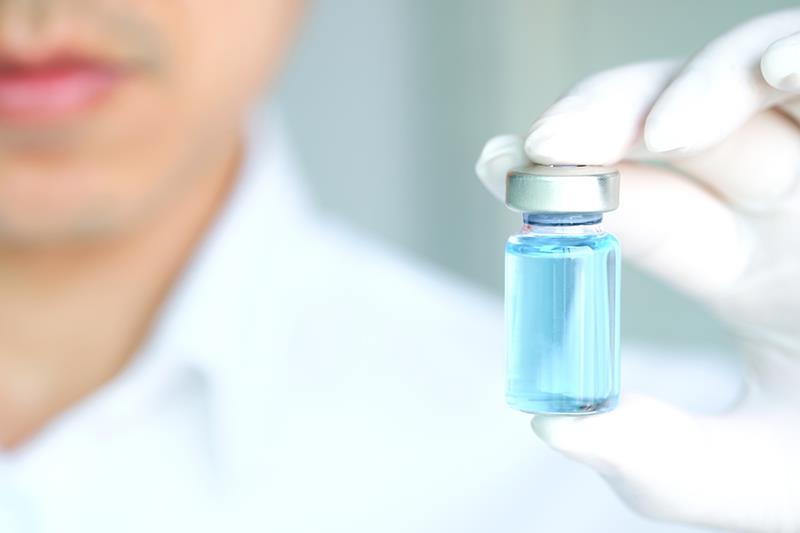Long-acting CAB+RPV injections safe, feasible in teens with virally suppressed HIV-1





Virally suppressed adolescents living with HIV-1 who switched from daily oral to long-acting (LA) injectable cabotegravir (CAB) plus rilpivirine (RPV) every 8 weeks show an acceptable safety profile, with pharmacokinetics similar to adults, according to the week-48 results of the IMPAACT 2017 study.
“There’s no unexpected safety signal,” said lead author Dr Aditya Gaur, Infectious Diseases, St Jude Children’s Research Hospital, Memphis, US, who presented these findings at AIDS 2024. “The pharmacokinetics is comparable to adults, and the participant experience is very good.”
In this trial, virologically suppressed (HIV-1 RNA <50 c/mL) adolescents with HIV-1, aged 12 to 17 years, switched from the prestudy antiretroviral therapy to at least 4 weeks of daily oral CAB plus RPV, followed by intramuscular 600-mg CAB plus 900-mg RPV (3 mL each) in the contralateral gluteus medius at weeks 4 and 8, then every 8 weeks.
A total of 144 participants (median age 15 years, BMI 19.5 kg/m2, weight 48 kg) from 18 centres across five countries were included in the study. Of these, 51 percent were female, 74 percent were Black, and 92 percent had a vertically transmitted infection. [AIDS 2024, abstract OAB2606LB]
Nearly all participants received a single injection (n=142/144). Most of them completed 48 weeks of treatment (n=140/144) and received the number of injections expected (n=140/144).
Treatment-emergent adverse events (AEs) occurred in 56 participants (39 percent). Three of these AEs had a grade 3 severity: injection site (IS) pain and abscess (n=1), IS abscess (n=1), and anaphylaxis leading to treatment discontinuation (n=1). Rashes (n=4) were the most reported drug-related non-IS AE, followed by headache (n=3) and nausea (n=2).
In addition, 52 participants (36 percent) had a drug-related IS AE. Most of these AEs were grade 1 (92 percent) and resolved within 7 days (86 percent). At week 48, none of the participants had a confirmed virologic failure.
Comparable pharmacokinetics
At week 48, the median observed predose concentrations for CAB (2.77 µg/mL; range, 1.99‒3.55) and RPV (67.9 ng/mL; range, 52.8‒82.4) came close to those in adults and exceeded the respective protein-adjusted 90-percent inhibition concentrations.
Although 44 percent of CAB-LA and 93 percent of RPV-LA recipients experienced pain during injection, all of them preferred LA injections to daily oral treatment at week 48 (n=140/140, 100 percent).
“At this 1-year timepoint, [there is] continued demonstration of safety with no unexpected safety signals, comparable pharmacokinetics [between adolescents and adults with HIV-1], and no virologic breakthroughs, [as well as] a continued preference for LA injections,” Gaur said.
“This [data] supports [the] ongoing use [of LA injections of CAB plus RPV] in adolescents, and this cohort will continue to teach us as it reaches its next week-96 milestone,” he added.
IMPAACT 2017 is an ongoing trial assessing the safety, acceptability, tolerability, and pharmacokinetics of the combined CAB plus RPV treatment in virologically suppressed adolescents.
“This experience from the first cohort of adolescents to receive the first all injectable HIV treatment regimen ahead of the anticipated global use of this regimen helps inform both clinical practice and regulatory submissions,” Gaur said.